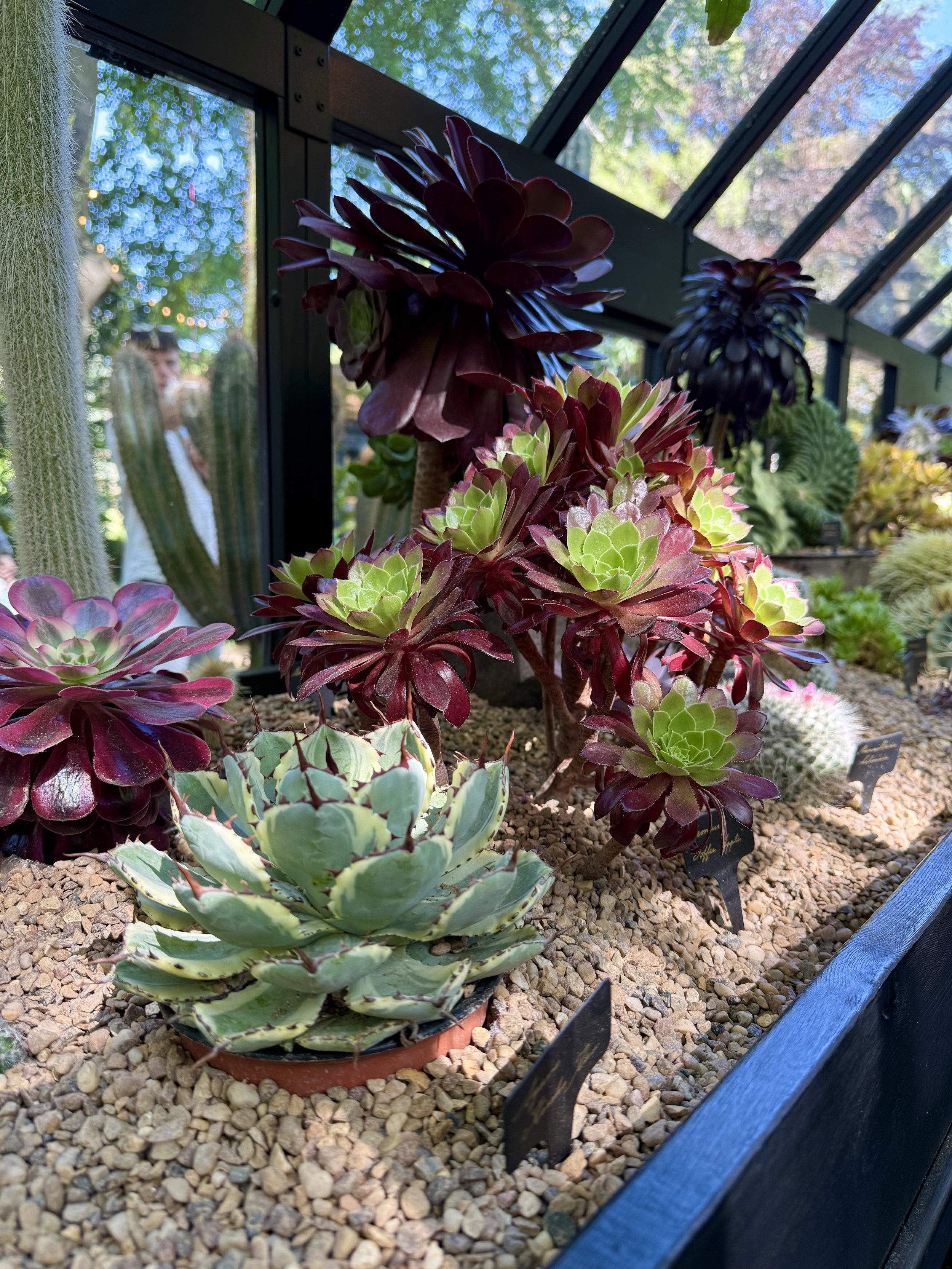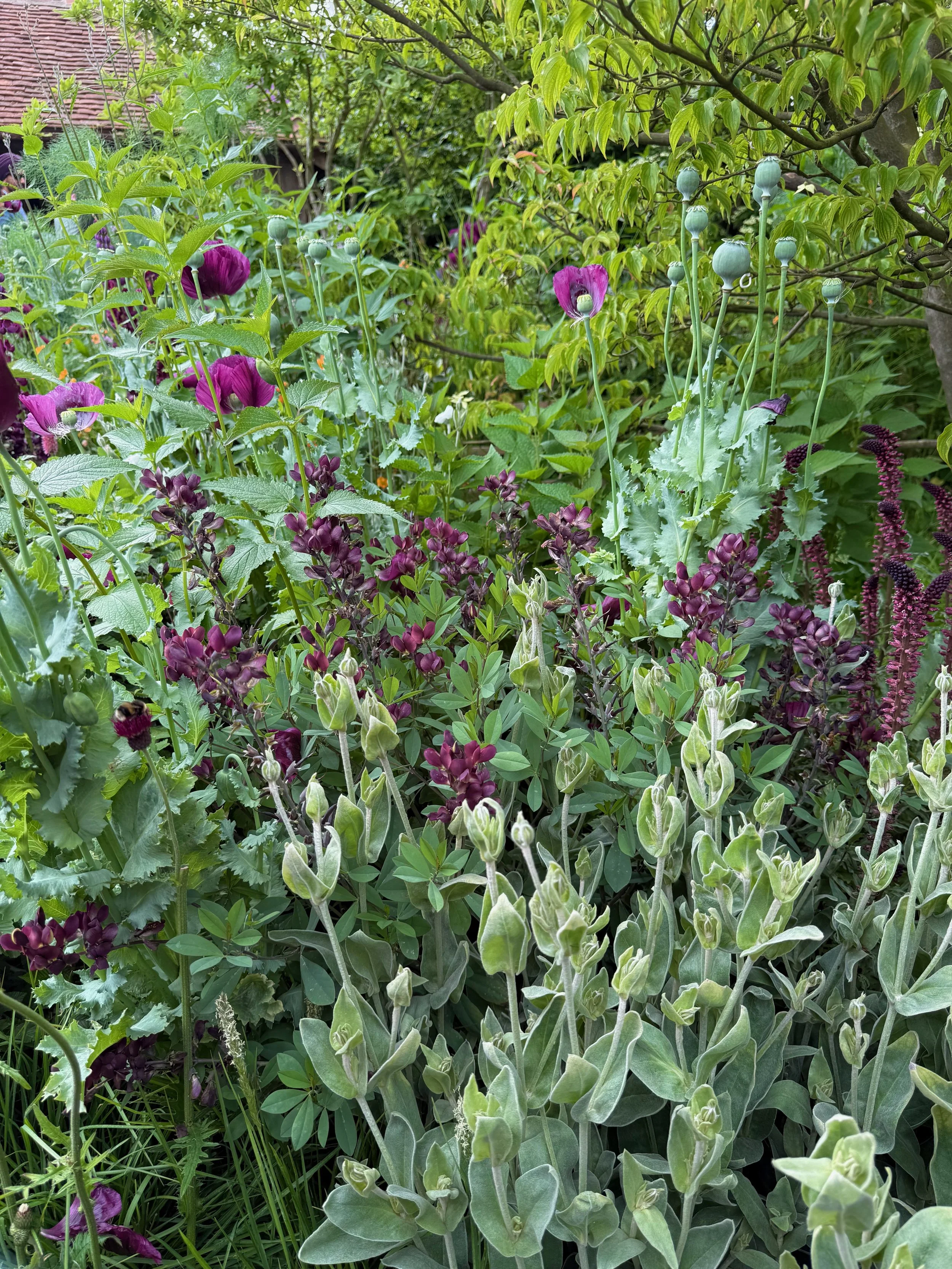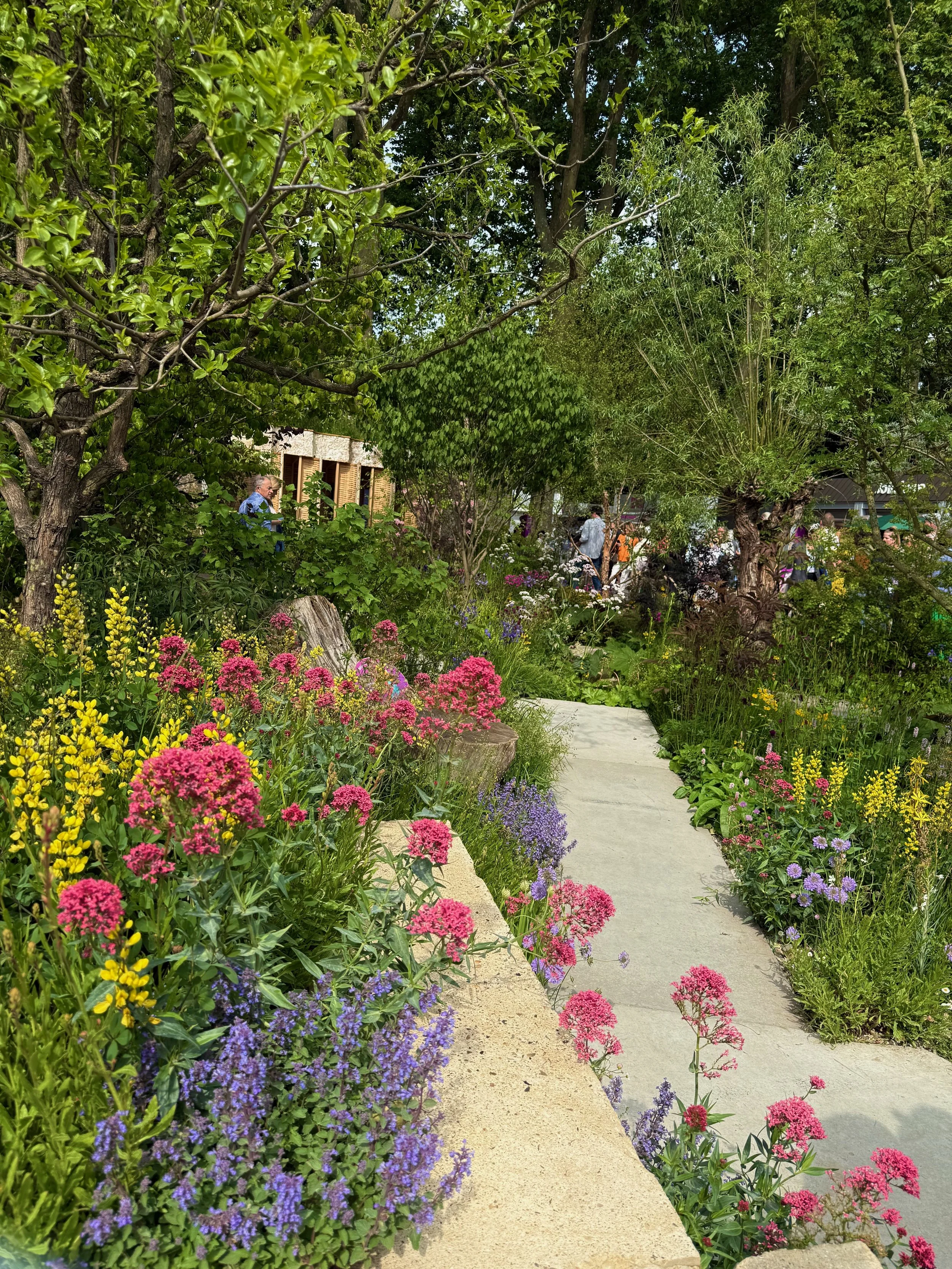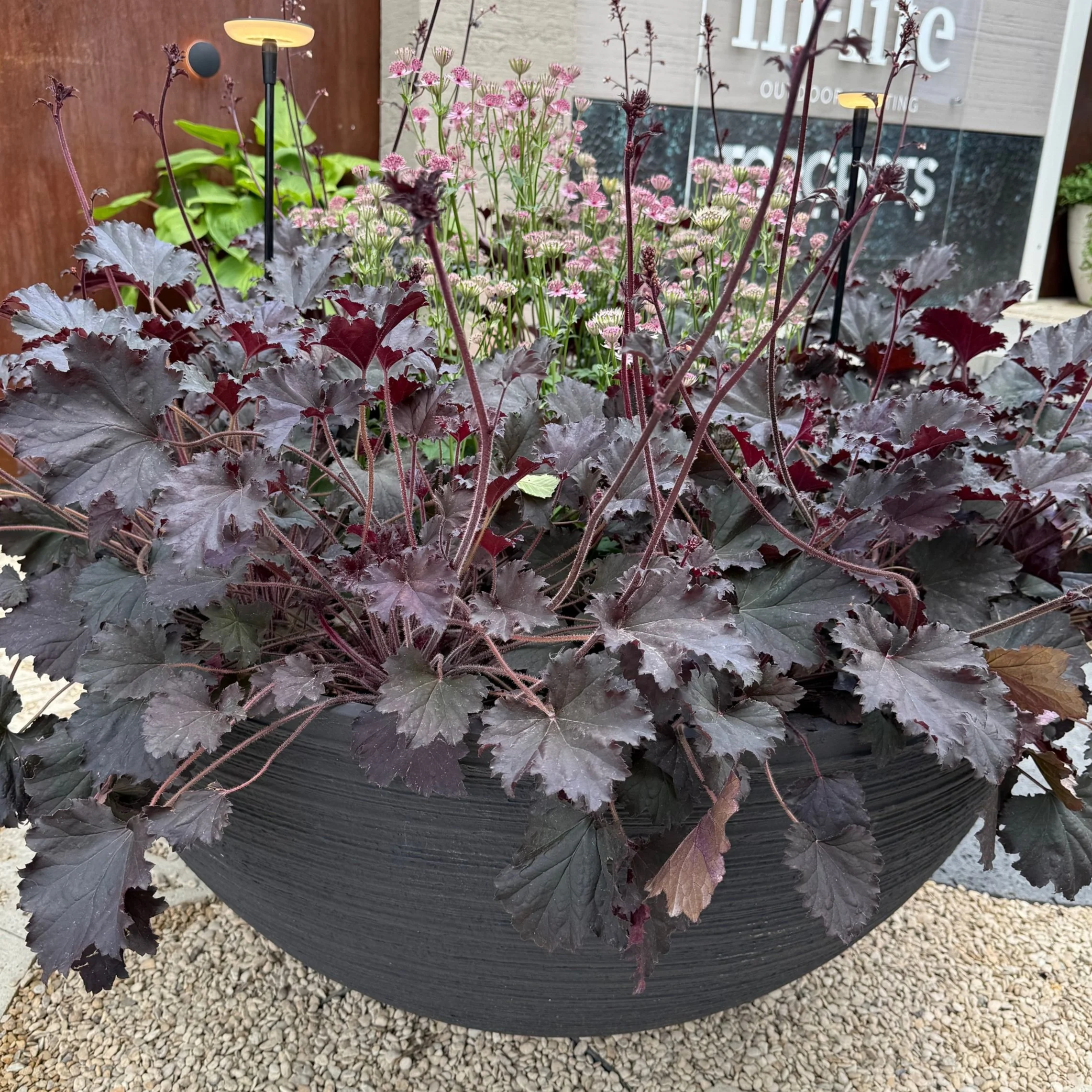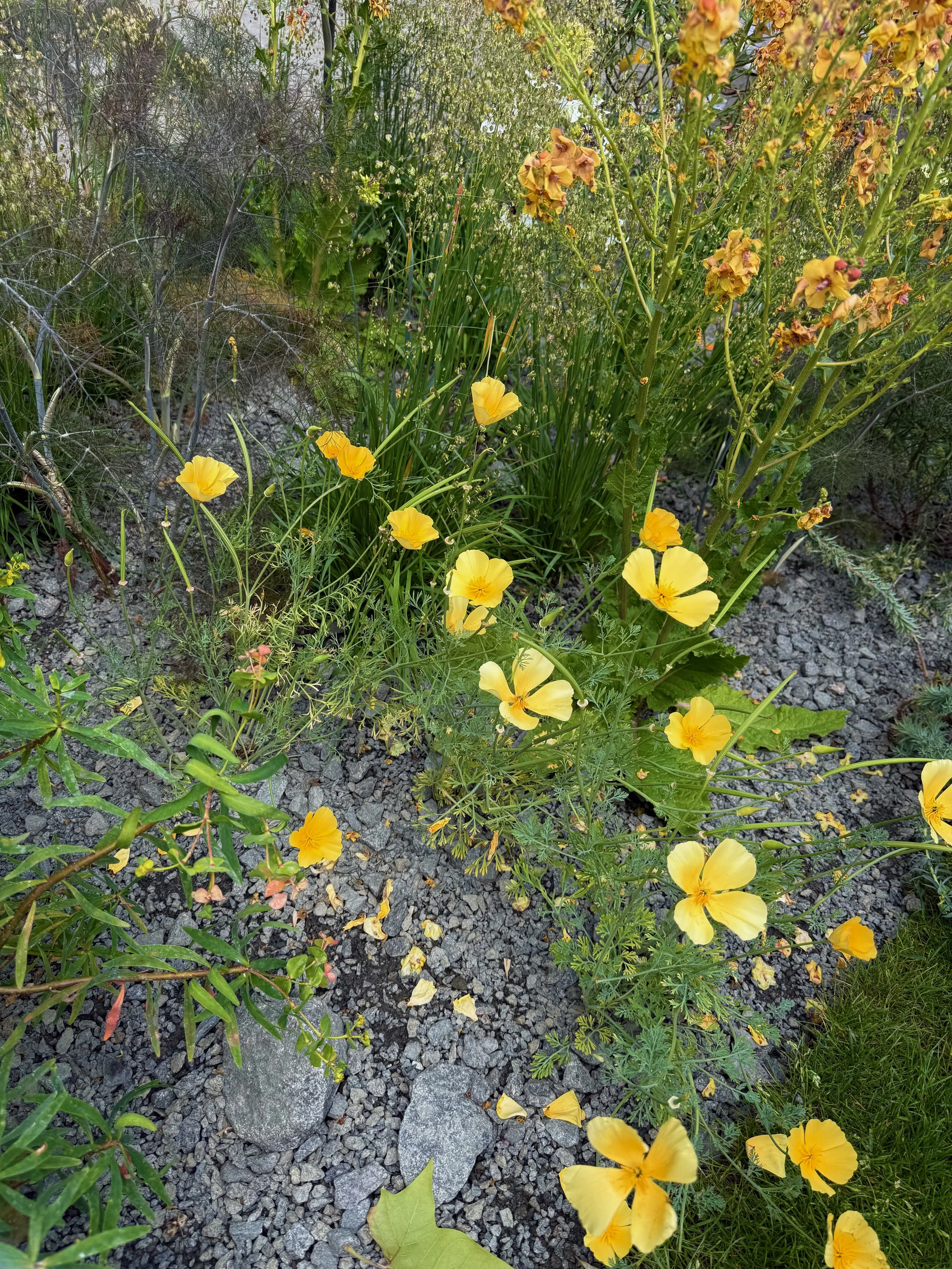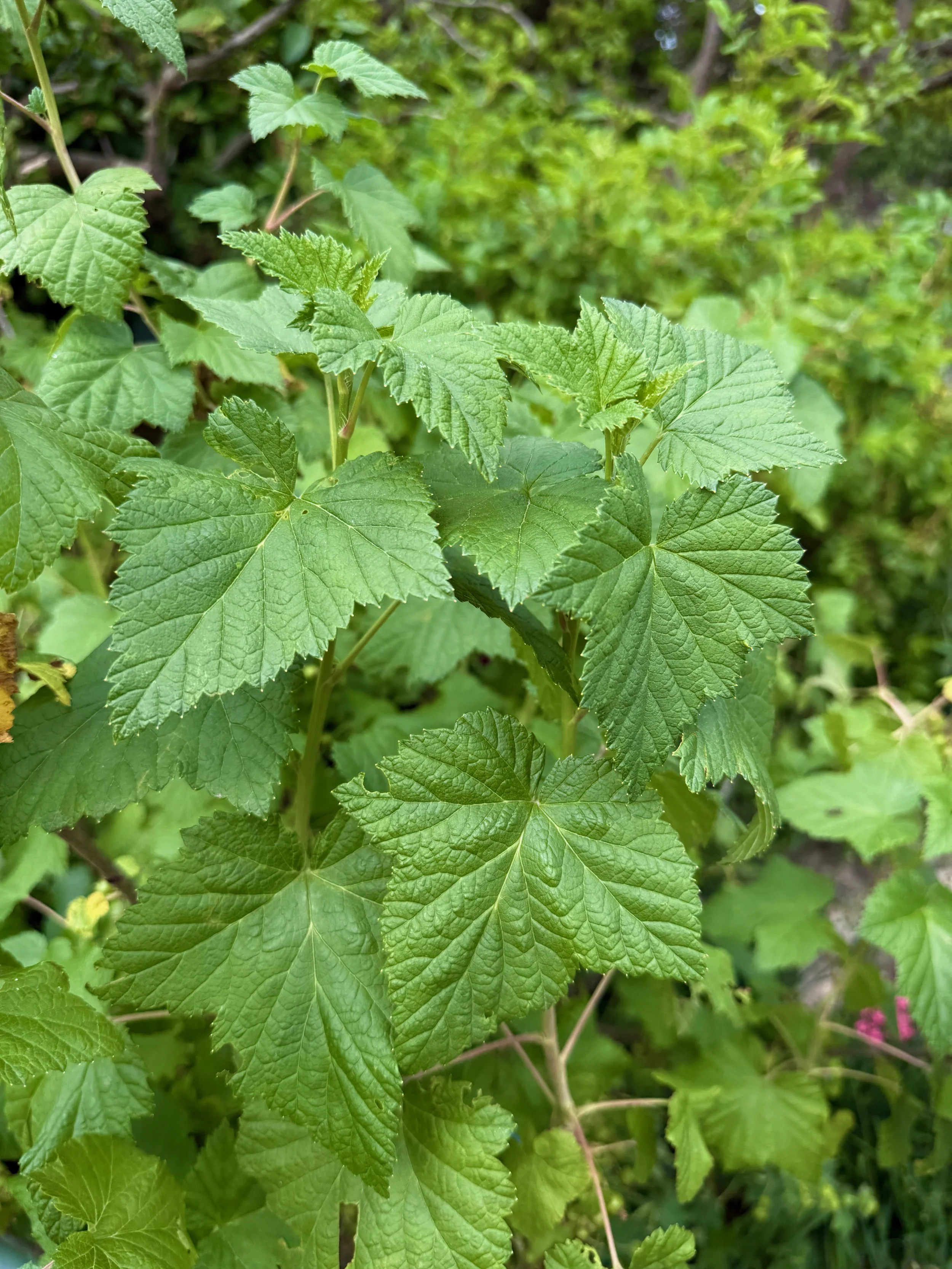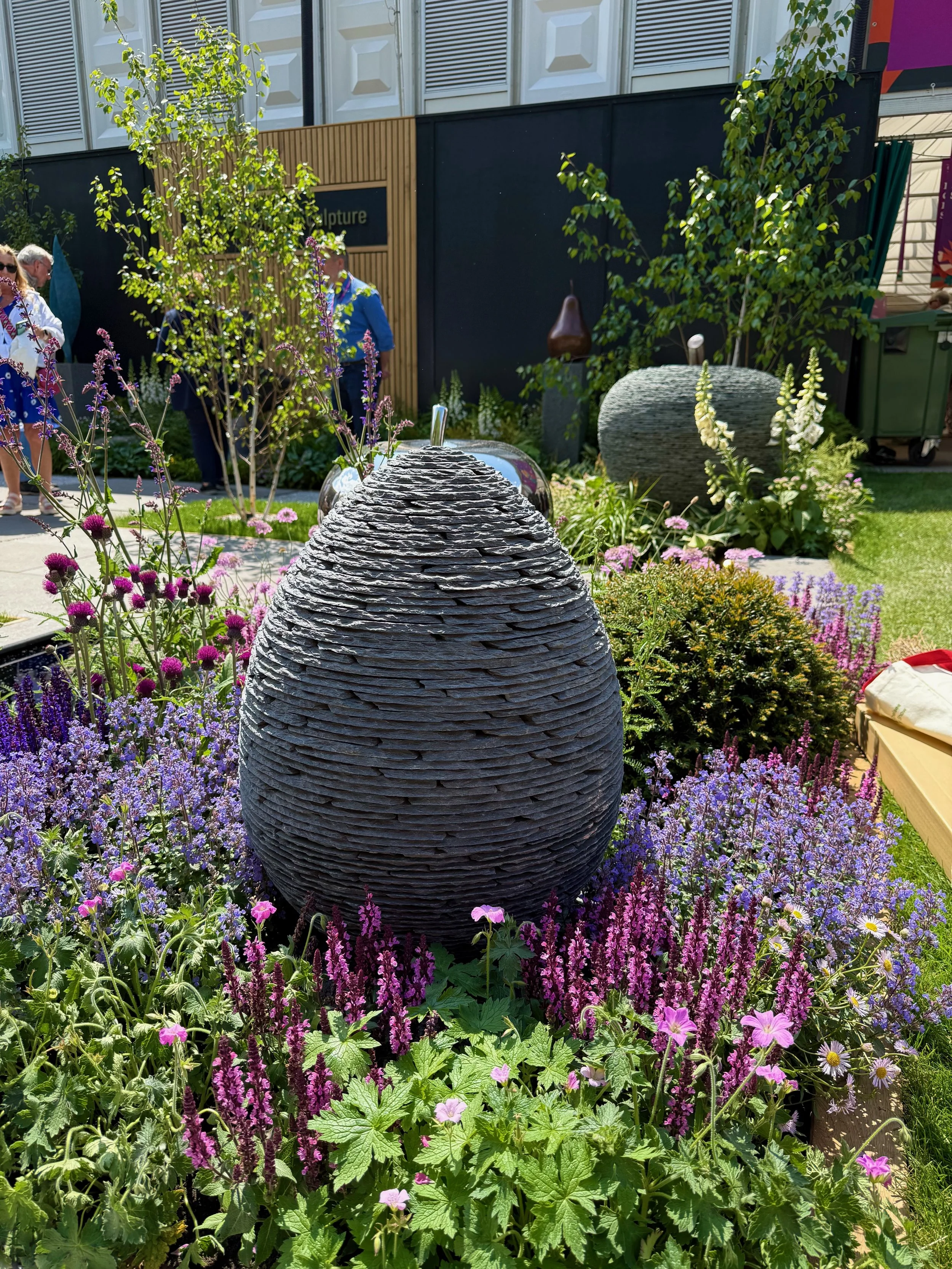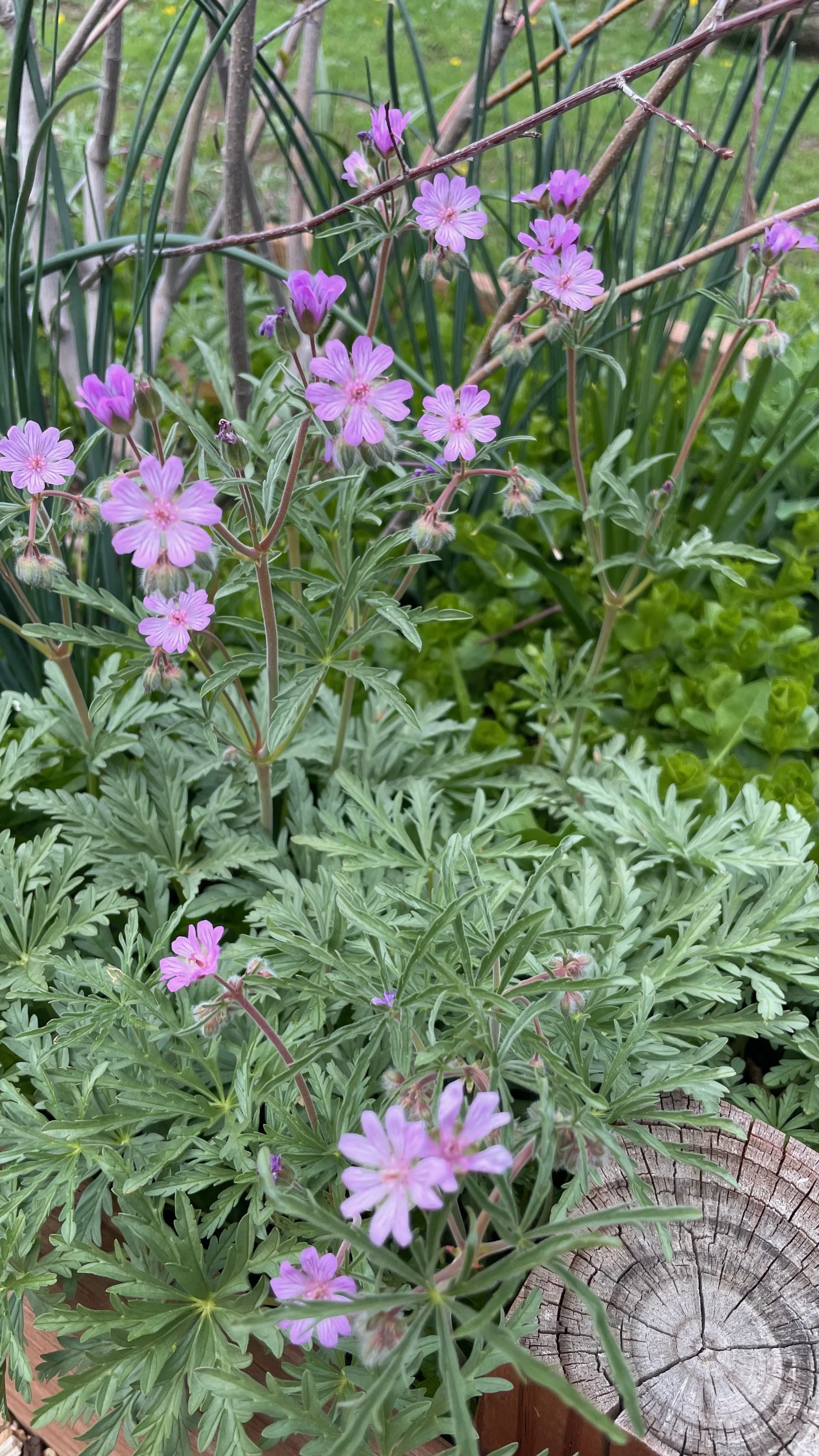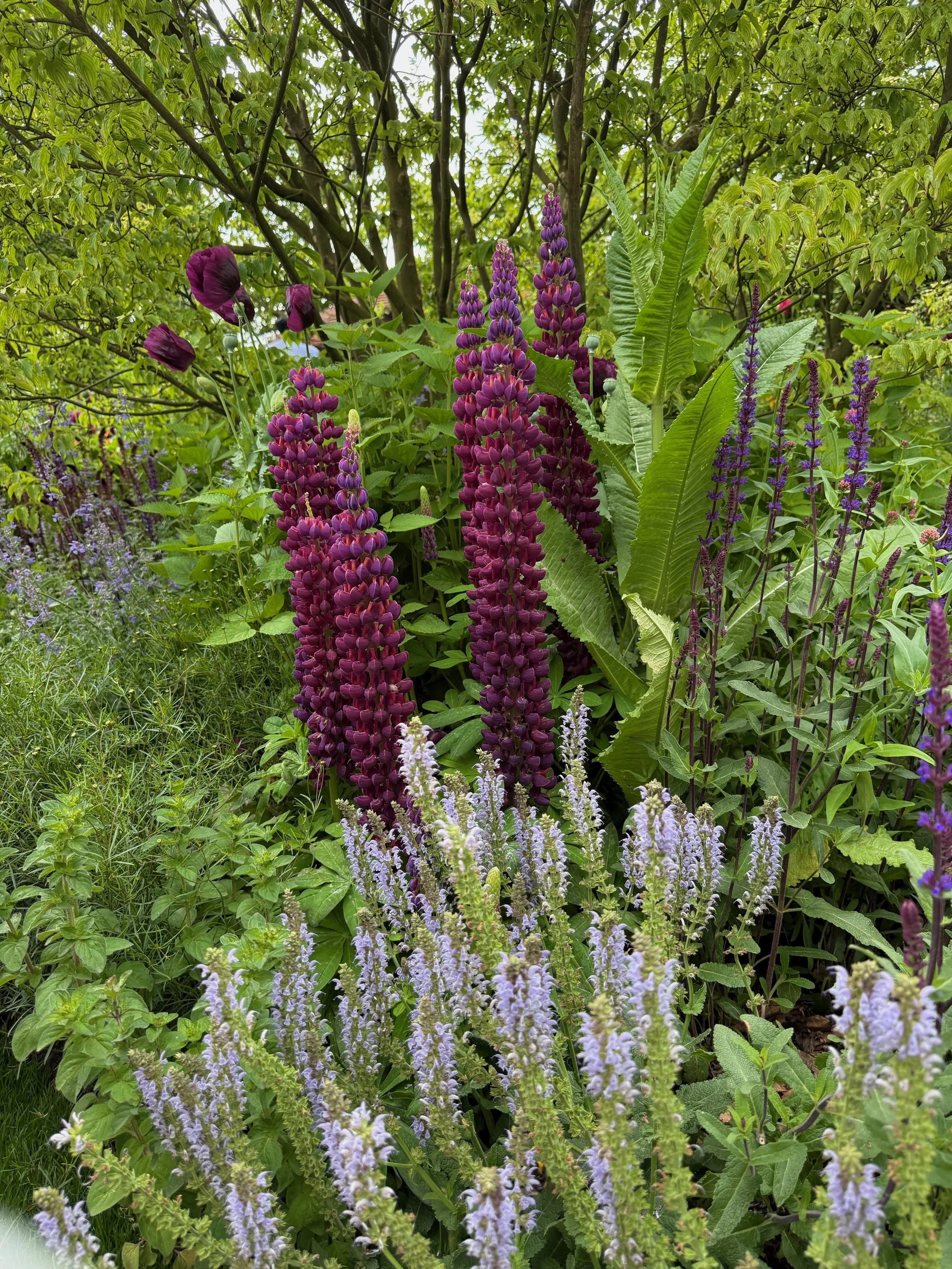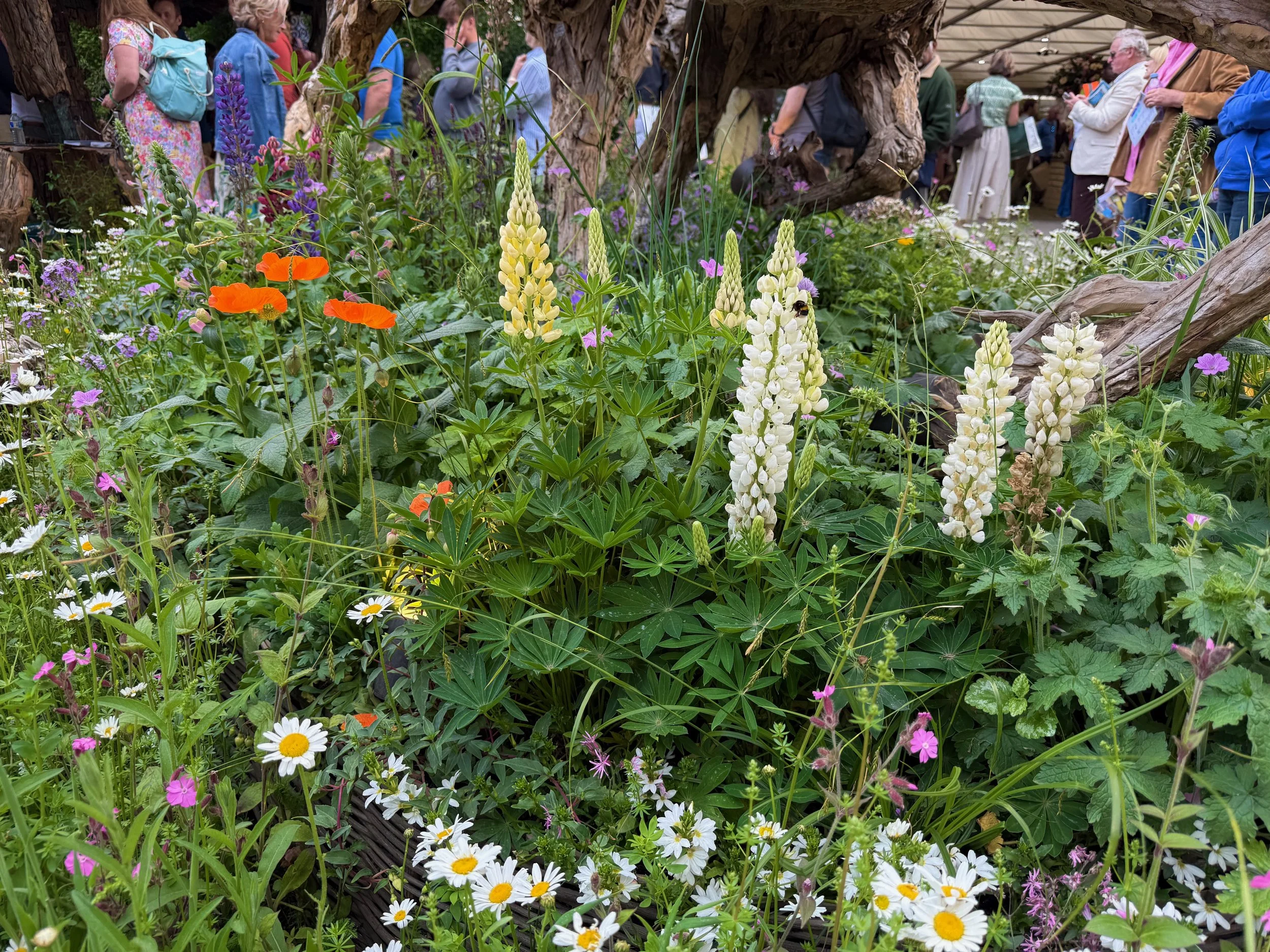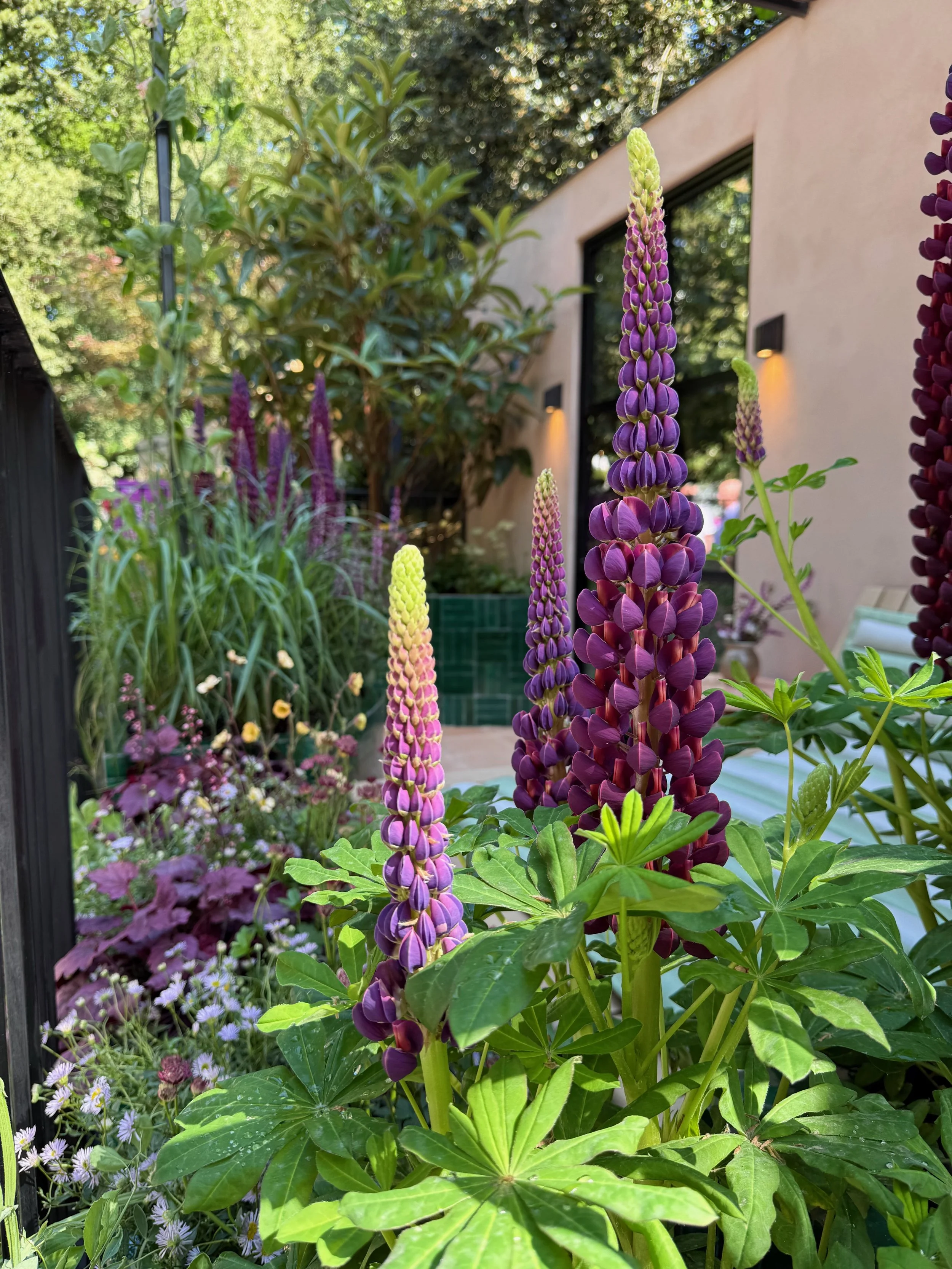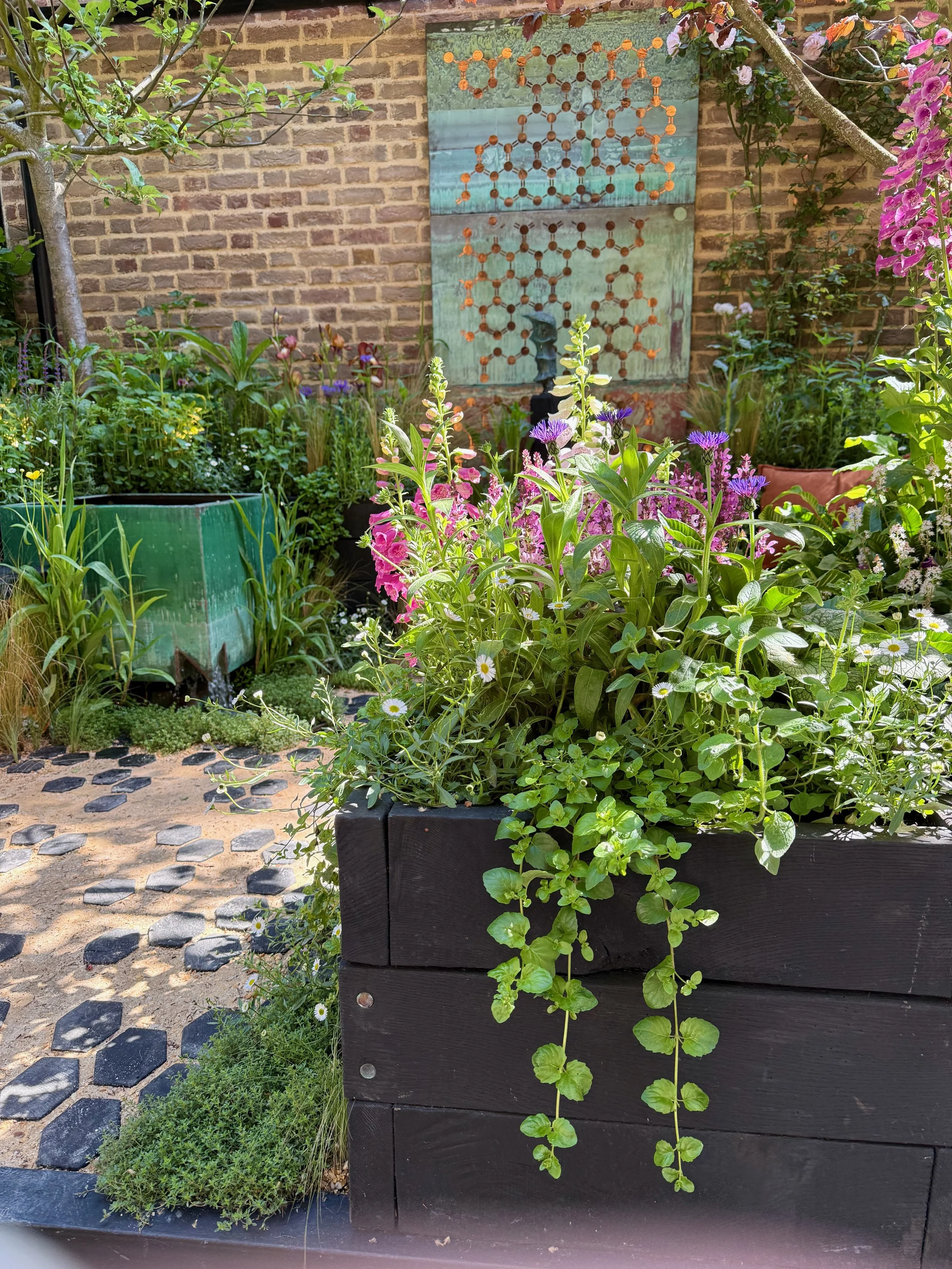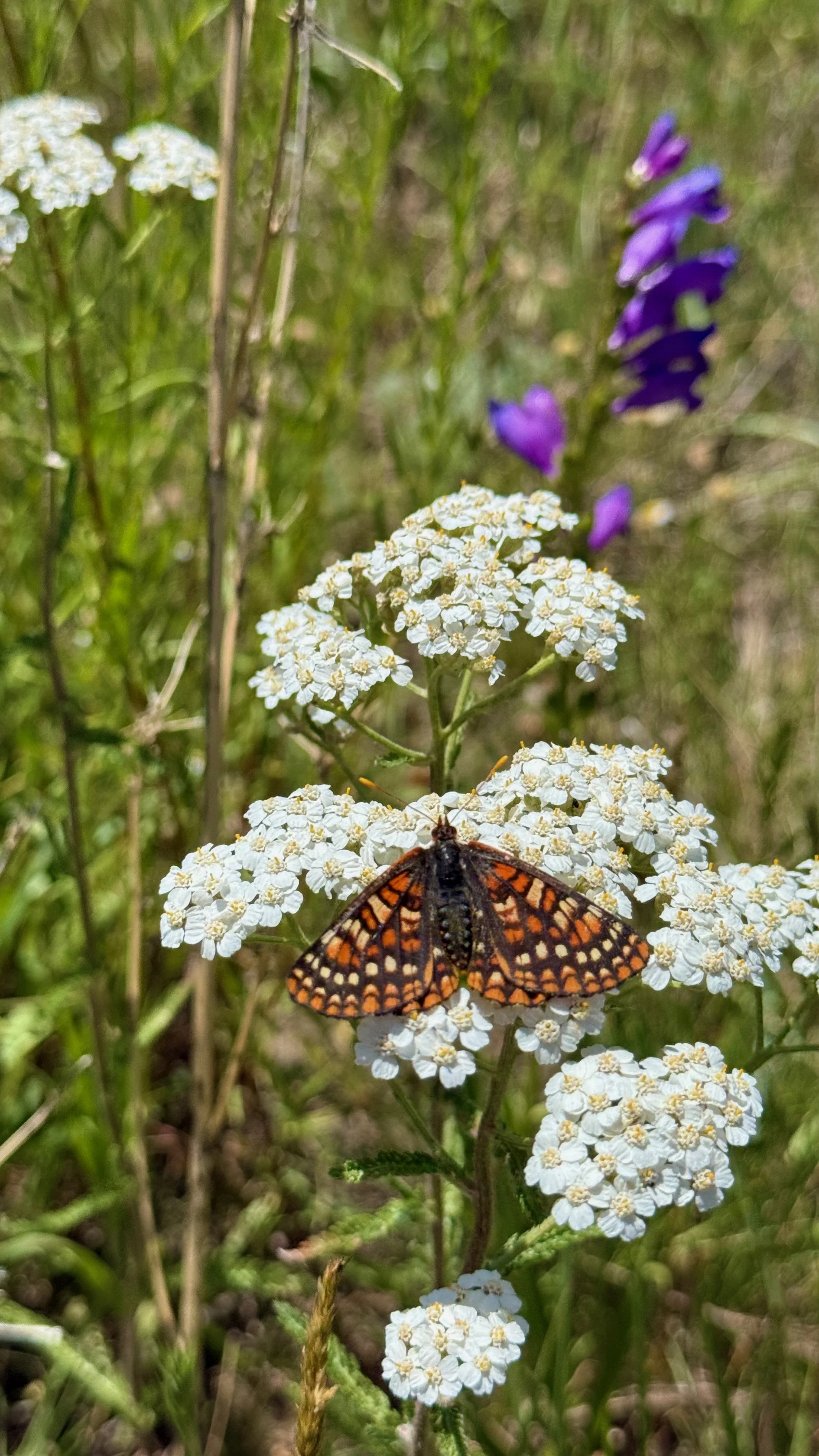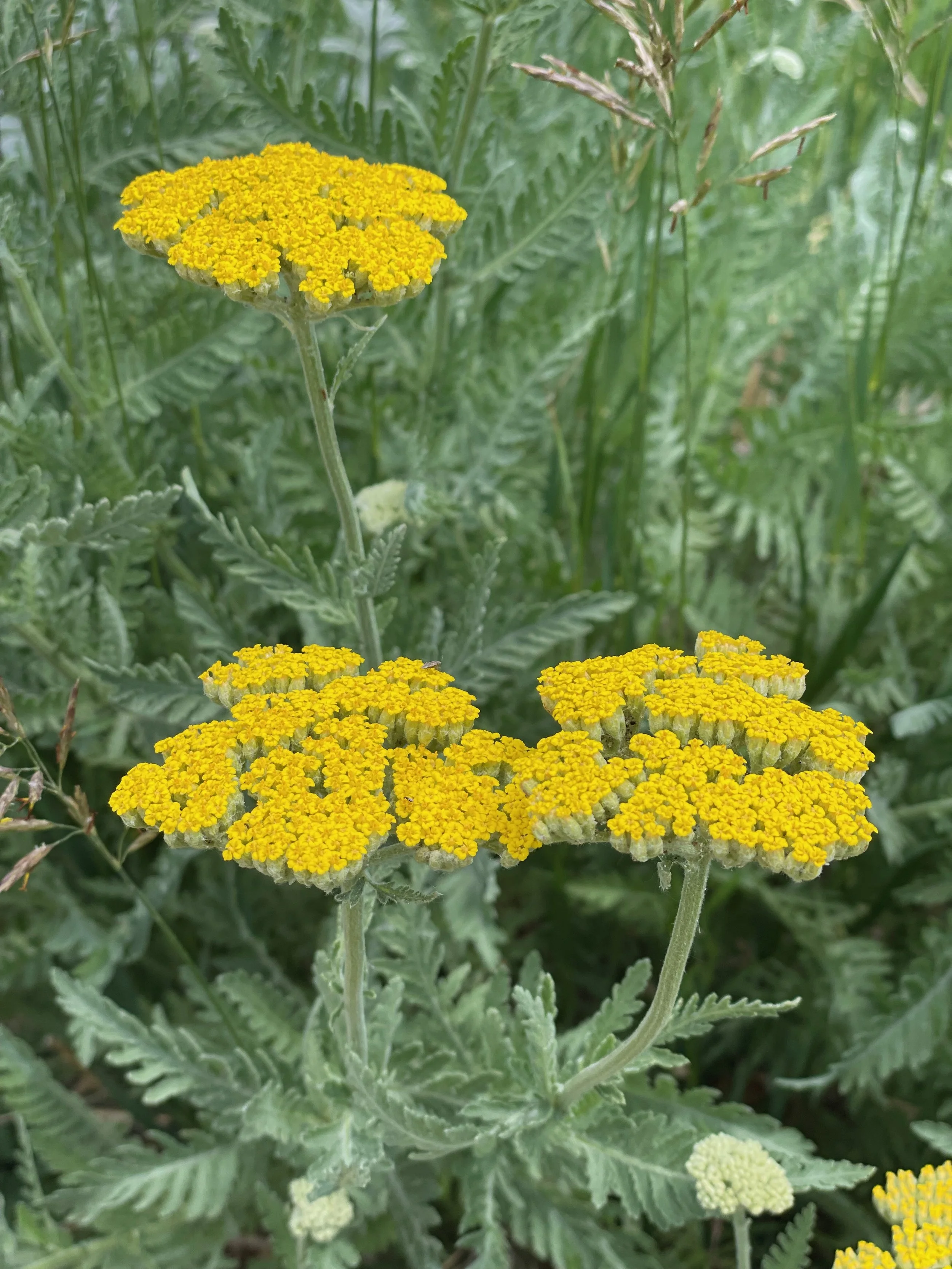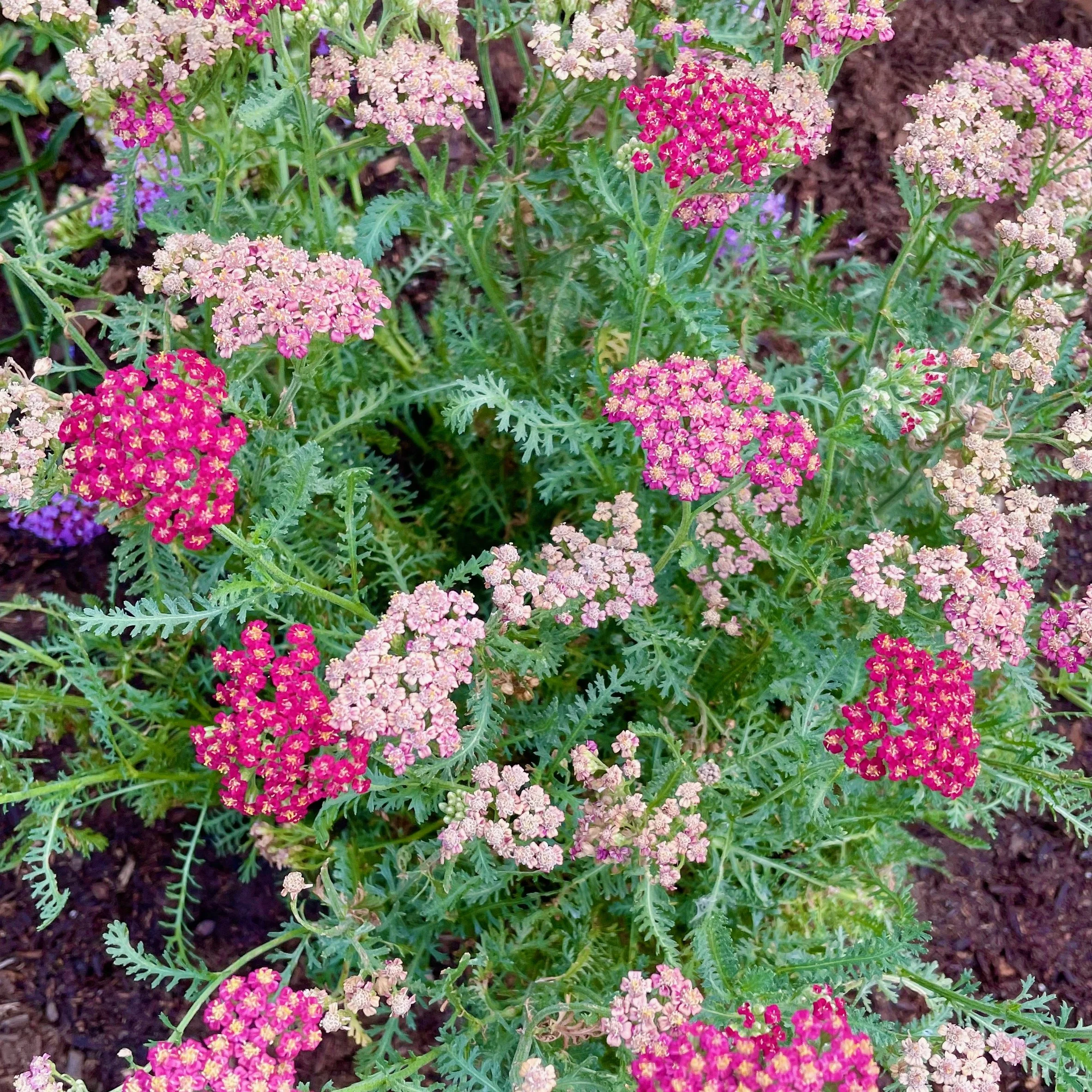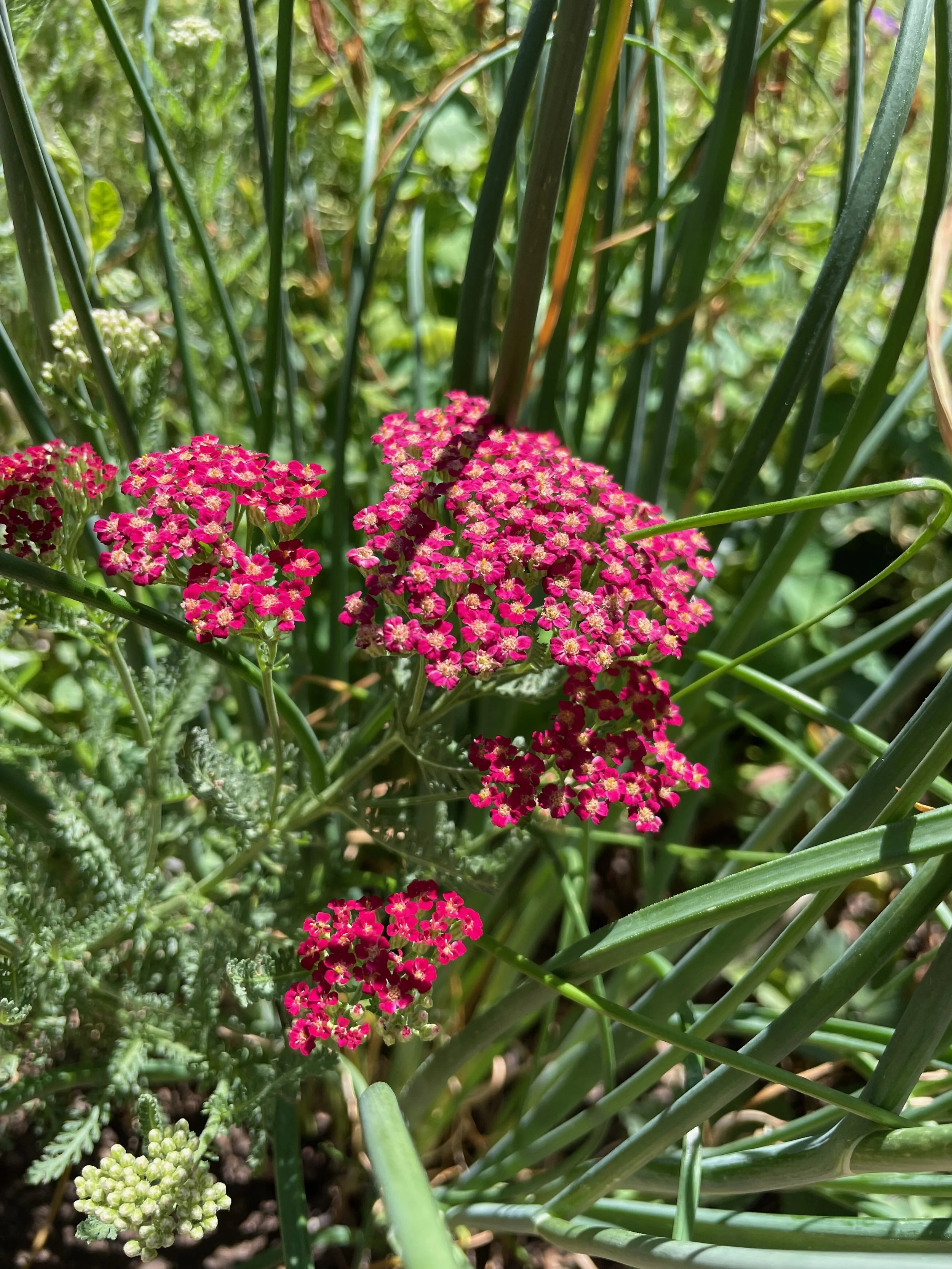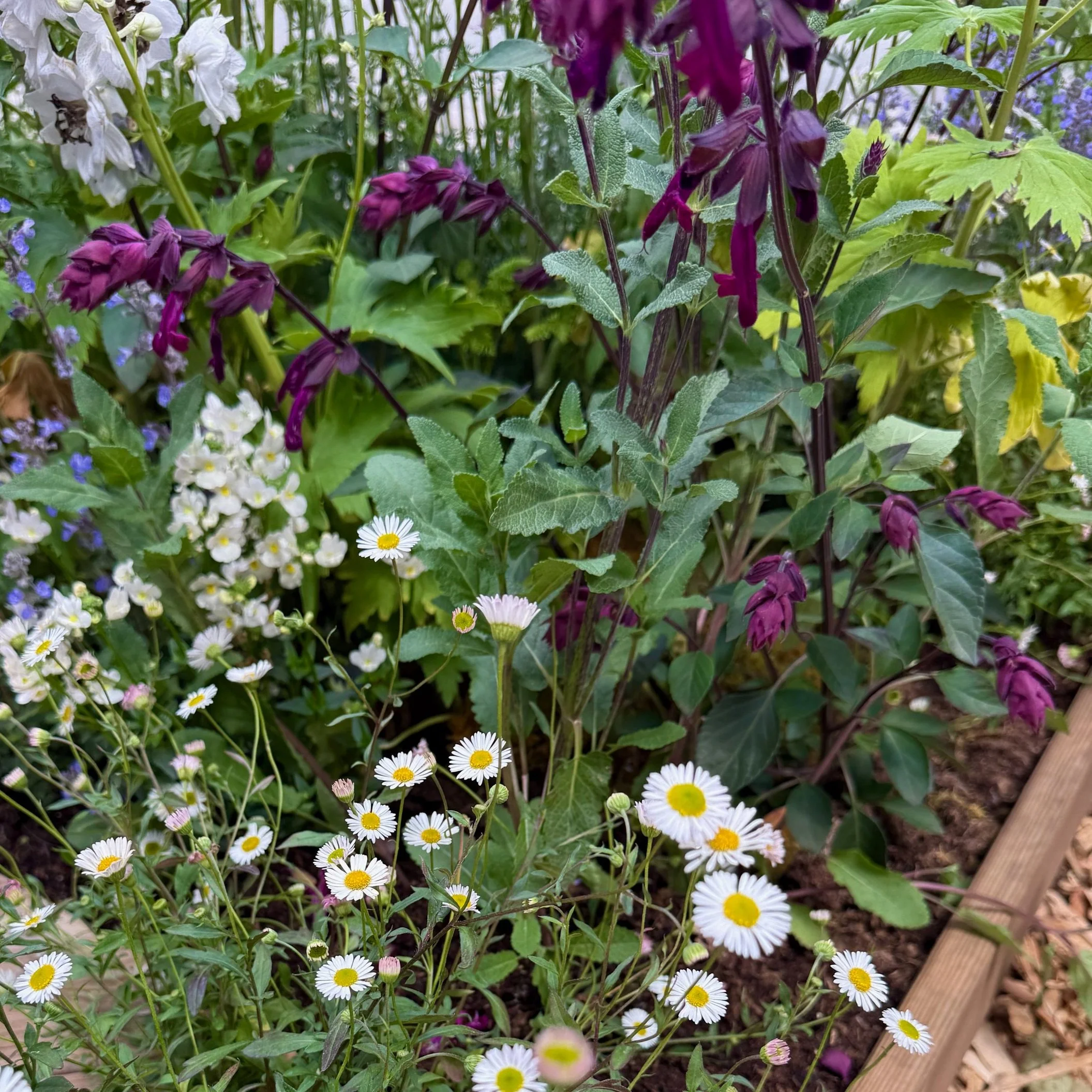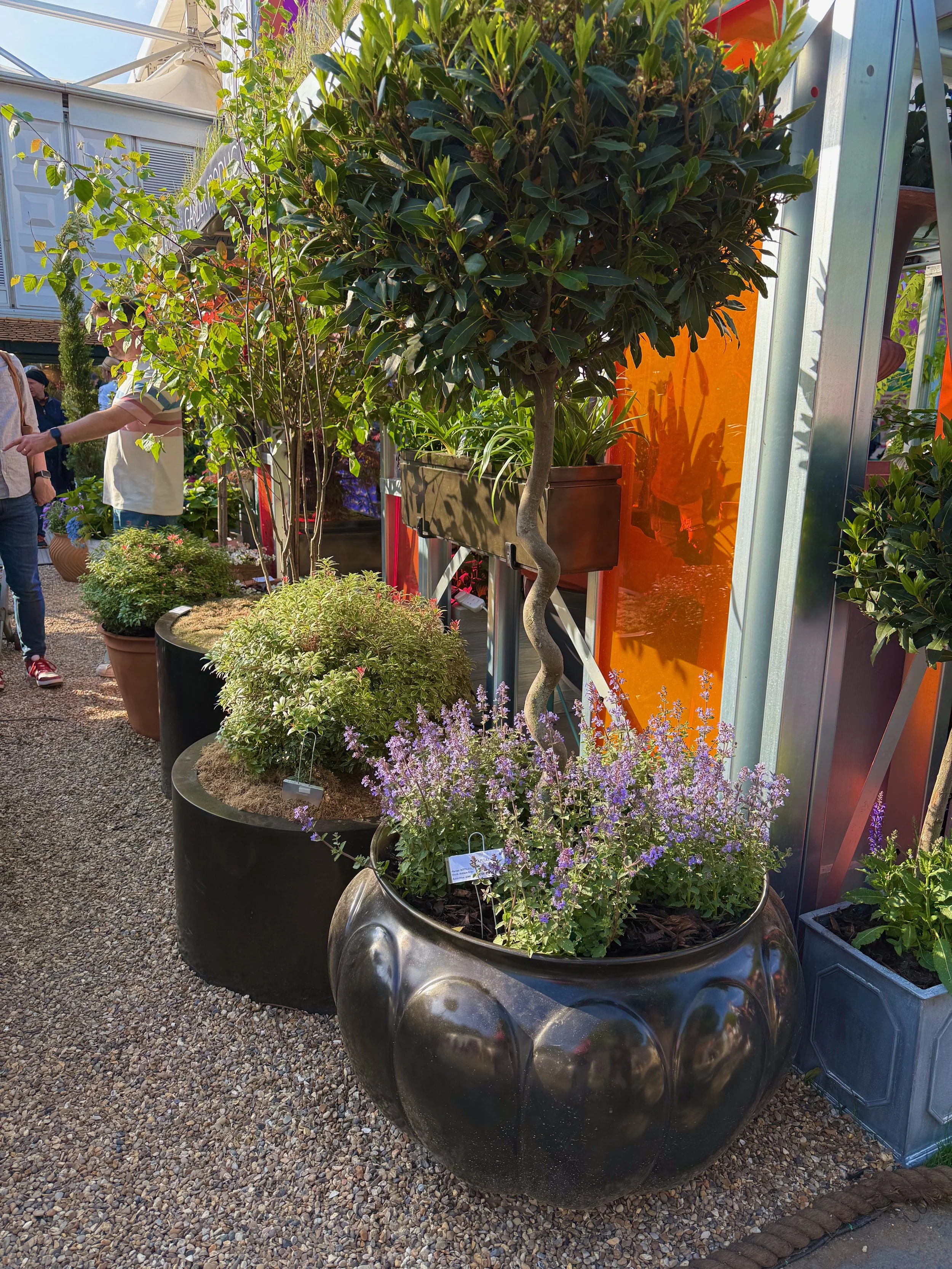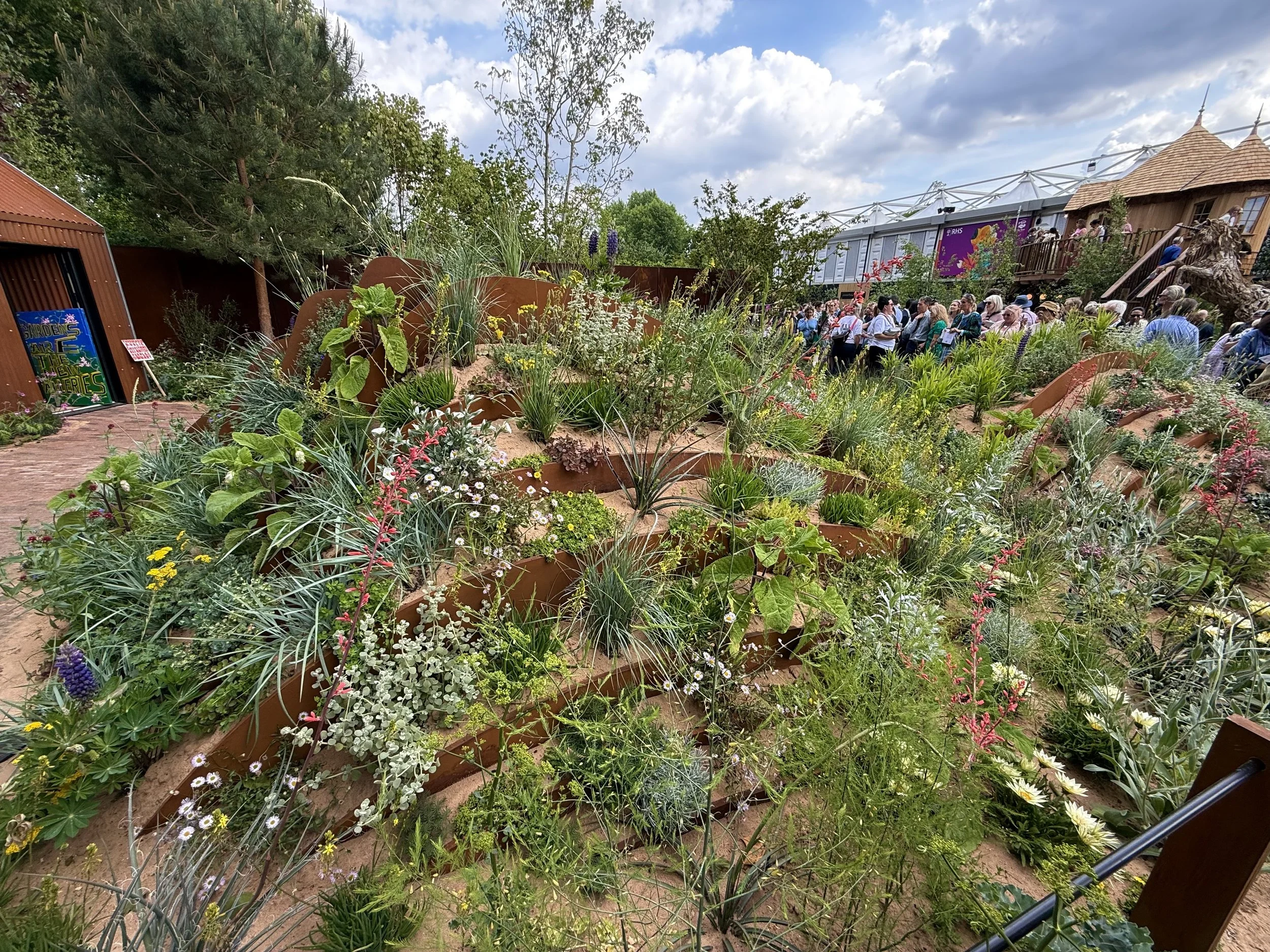Garden Design Inspiration
Native North American Plant Choices
from the 2025 Chelsea Flower Show
This is part of a series about design ideas from the 2025 Chelsea Flower Show.
You’ll find all of my posts here.
Planting from our Roots
The people of the UK have a rich history of plant collecting. For hundreds of years there was a saying: “The sun never sets on the British Empire.” While the British went about conquering and claiming far away lands, they also went about collecting plant specimens and bringing them back to the UK for propagation, cataloguing, and research. For all of the ills brought on by colonialism (and there are many), a wider palette and knowledge of the world’s flora is a positive for us all.
One of imperialism's enduring legacies is a plant obsession. British gardens are filled with plants from all over the world. And this was on full display at the Chelsea Flower Show with plants from every continent rubbing shoulders with each other. Craspedia globosa (Australia and New Zealand) planted with Eschscholzia californica (North America). Cornus kousa (China) rubbing branches with Acer palmatum (Japan). Ajuga reptans (Northern Africa and southern Europe) romping with Salvia officinalis (Mediterranean). The gardens and displays were a horticultural United Nations.
However, the RHS and leading horticulturalists are pushing British gardeners to incorporate more native British plants into their landscapes, and for good reason. At Chelsea both the British Rainforest Garden and the Seawilding Garden were designed using almost exclusively British native plants — and they didn’t suffer for it in the least. But the drive for more climate-resilient plantings also pushes British horticulture abroad again — looking to plants from other climes that will thrive in their changing environment.
In the US, we tend to defer to plants from elsewhere as being somehow superior to our own. I suspect this inferiority complex is a hangover from our own colonialist past and the desire to shape and suppress our continent into a new Europe rather than embrace its native roots. Making something unfamiliar familiar again.
But like our British gardener friends, we are realizing that many of our default plants have become problematic and have replaced the plants our native bees and birds depend upon. So we have begun to turn toward our natives, too.
But do others recognize the beauty and value of North American plants? I was delighted to see many familiar native North American plants used in the most British of all contexts: the Chelsea Flower Show.
And if they are good enough for the UK's best gardens, they are more than good enough for ours! Here are a few of the stars of the Chelsea Flower Show from this side of the pond. And note: while I focused on North American plants, there were lots of beauties from Central and South America, too!
Baptisia | False Blue Indigo
One of my favorite plants, Baptisia, was a common star at Chelsea this year, and I was so happy to see it. Species and cultivars in shades of blue, yellow, and purple stood out in multiple gardens. I particularly liked the variety – Baptisia 'Burgundy Blast' – featured in both Monty Don’s Dog Garden and in the Glasshouse Garden.
Heuchera americana | Coralbells
Another of my favorites, Heuchera, was common both in the show gardens, but also in the other displays across the show grounds. Heuchera is fabulous for adding both color and texture, and many cultivars are drought-tolerant to a degree. Native Hucheras have green leaves, so when you choose varieties with colorful foliage, they may not be as beneficial to native wildlife; be sure you mix it up in your planting schemes.
Eschscholzia californica | California Poppies
One of the surprises came in Joe Perkins’ garden. Yellow flowers dominated this very dry planting, and California Poppies popped against the sandy soil intended to evoke a drying, changing planet. I'm not sure what variety he planted, but the orange straight species self-seeds in my garden – even in Zone 5|6.
Rubus idaeus L. | Raspberries
Several gardens featured edibles tucked in amongst ornamental plantings. The Garden of the Future was focused on sustainable gardening and food production, and in the Intelligent Garden, a raspberry bush along the edge of the garden looked perfectly at ease in a garden of adaptable, dependable plants being monitored by an AI technology. The garden is also a research project with the hopes of gathering data that will help ensure better success with planting trees in urban contexts. A very cool project indeed!
Geranium maculatum | Hardy or Wild Geranium
Some may know it as Cranesbill, but hardy geraniums in all colors filled in borders at Chelsea. This is a fabulous North American native plant that blooms repeatedly all summer, attracts bees and other insects, and reliably returns year after year. I have several cultivars in my garden and spotted many varieties in the show gardens and displays as well.
Cotinus coggygria | Smokebush
I had been eyeing some Cotinus at my local nursery this spring, but after seeing them at Chelsea, I came home and planted one right away. Commonly called Smokebush, these beautiful native plants are a small tree or a large shrub. I looked specifically for a multi-stemmed specimen to plant which will help to keep the size smaller. But It's the dramatic foliage and the wispy blooms that were most exciting both at Chelsea – and hopefully in my garden!
Lupinus arboreus and 'Masterpiece' | Lupines
There are more than 200 species and many more cultivars of Lupines. Many are native to North America or derived from North American natives. Two particularly shone at the Chelsea Flower Show. Lupinus arboreus is native to California and has a shrubby growth pattern with creamy, yellow flowers. It can be aggressive in the right conditions, so be warned! Lupinus 'Masterpiece' is a cultivar derived from Lupinus polyphyllus, a native of the Rocky Mountains and Pacific Northwest. And it is STUNNING!
In Texas? Your celebrated Bluebonnets are a variety of Lupine, too!
Erigeron karvinskianus | Santa Barbara Daisy or Mexican Daisy
This is one of those plants that I look for every year in the garden center, and I never find it. I have some seeds, and I'm going to have to start them from seed this winter. By all accounts Erigeron karvinskianus is an easy-to-grow perennial. And I will tell you – it is cute as a button and spills and thrills like little else! Why are we not growing this more?
Achillea millefolium | Yarrow
I love Achillea. It's a fabulous plant for Colorado, and I have cultivars in several colors – yellows, pinks, and the native species which is white. The Brits clearly love it, too. It was featured in both the Intelligent and Seawilding Gardens – and it was everywhere else, too! Plant some – you won't be sad about it!
Coreopsis 'Moonbeam' | Coreopsis
My Wildlife Garden features several varieties of Coreopsis including Moonbeam. Monty Don and I have that in common! It's beloved by bees, and is such a cheerful boost of late summer color.
Salvia
I have written a great deal about my love of Salvias. They are fabulous plants in a wide range of colors that will thrive in a range of conditions. Clearly the gardeners at Chelsea love them, too. In combing through the plant lists, I noted no fewer than eight different types:
Salvia ‘Caradonna’
Salvia x jamensis ‘Melen’PBR
Salvia ‘Schwellenberg’
Salvia 'Royal Crimson Distinction'
Salvia rosmarinifolia
Salvia officinalis
Salvia ‘Crystal Ice’
Salvia ‘Amistad’
Not all Salvias are native to North America, but all Salvias are spectacular!
Eryngium yuccafolium | Rattlesnake Master
I saved my favorite for last! I have Eryngium yuccafolium in my Wildlife Garden, and I love it! It can be difficult to establish, but it's worth the effort to be sure. And to see it in Nigel Dunnett's garden was such a fun surprise! It's a little-known plant that's worthy of more attention.
at the close…
Why was I looking for Native North American plants at Chelsea?
I'm always trying to work more native plants into my garden, but I do want it to feel intentional and beautiful – and sometimes North American plants are disparaged as being too wild, too unruly. That reputation isn't deserved. And I was thrilled to see so many familiar plants from my own garden tucked in amongst British favorites at the Chelsea Flower Show, too.
Indeed, native North American plants are just as worthy as any others of a prominent place in our gardens.
Subscribe now so you never miss a thing!



